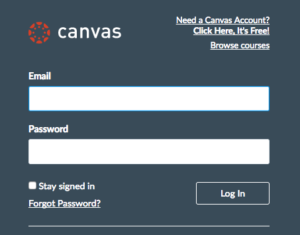Understanding the Meaning of Absolute Value
One important concept in algebra that we learn is the distance between two points on the number line. In particular, we study the distance of a point that corresponds to a number to the point that corresponds to 0. In the following figure, the point (or circle) on the left represents 0, while the point on the right represents 5. To simplify our language, we will use coordinates to refer to its corresponding point on the number line. For instance, we will use -8 to refer to the point that corresponds to -8.
Looking at the number line, it is easy to see that 5 is 5 units away from 0 and that -8 is 8 units away from 0. We can also see that 0 is 0 units away from 0. The distance of a number from 0 on the number line is called its absolute value. Hence, the absolute value of 5 is equal to 5, the absolute value of -8 is equal to 8, and the absolute value of 0 is equal to 0. » Read more


